Gartner: AWS, Google, Microsoft Lead Cloud AI Developer Market
From AWS and Google to Baidu and H2O.ai, here are the 11 companies that made Gartner’s 2023 Cloud AI Developer Services Magic Quadrant, along with their strengths and weaknesses.

The boom in artificial intelligence innovation and use cases has exploded in 2023, led by some of the largest technology companies on the planet including Amazon Web Services, Microsoft and Google.
Gartner’s new 2023 Magic Quadrant for Cloud AI Developer Services report sheds light on the leading companies in this fast-growing market—from Microsoft and AWS to visionaries like H20.ai and Clarifai.
The world’s top cloud AI developer service providers are giving customers and engineers support to accelerate the value gained from AI advancements in generative AI, language, vision and automated machine learning (ML).
[Related: 10 Innovating Generative AI Tools To Check Out In 2023]
Gartner’s 2023 Magic Quadrant For Cloud AI Developer Service
Gartner defines cloud AI developer services as cloud-hosted or containerized services that enable software developers who are not data science experts to use AI models via APIs, software development kits (SDKs) or applications. Core capabilities in this market include automated machine learning (ML), automated data preparation, feature engineering, automated model building and model management. Important complementary capabilities for vendors include language and vision services such as sentiment analysis and image generation.
Gartner’s view of the cloud developer services market focuses on each vendor’s ability to deliver on the future needs of end users. These vendors include Alibaba Cloud, AWS, Baidu, Clarifai, Google, H2O.ai, Huawei Cloud, IBM, Microsoft, Oracle and Tencent.
Gartner’s Magic Quadrant for Cloud AI Developer Services ranks vendors on their ability to execute and completeness of vision and places them in four categories: Niche Players (low on vision and execution), Visionaries (good vision but low execution), Challengers (good execution but low vision) and Leaders (excelling in both vision and execution).
Here are the strengths and weaknesses of the 11 companies that are the worldwide leaders in cloud AI developer services, according to Gartner’s 2023 Magic Quadrant.
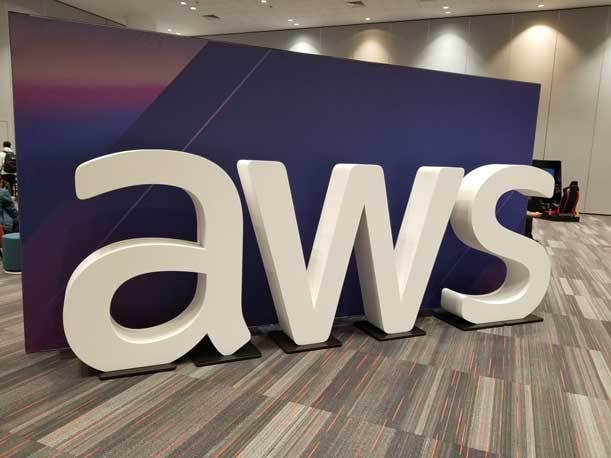
Leader: AWS
Amazon Web Services won the gold medal for execution and ranks second for vision on Gartner’s Magic Quadrant for Cloud AI Developer Services. AWS’s approach to sales and pricing has attracted hundreds of thousands of customers to its cloud AI developer service offerings. The Seattle-based company’s portfolio is competitively priced with no minimum fees or upfront commitments and customers pay only for what they use. AWS provides Amazon SageMaker and other popular language and vision services, designed to automate the full AI and ML lifecycle from development to operations.
Strength: AWS has a massive global cloud infrastructure. Its Availability Zones provide greater coverage than any of its competitors, and AWS makes it easy for customers to deploy their models across multiple Availability Zones, Gartner said.
Weakness: Though AWS has plans for a multicloud solution, AWS currently offers few options for customers seeking multicloud. If cloud portability is high among customers’ priorities, Gartner said they should consider vendors that can run natively on various clouds.

Leader: Microsoft
Microsoft won the gold medal for vision and ranks second for execution on Gartner’s Magic Quadrant. Microsoft’s Azure AI platform has a comprehensive offering for all three use cases: language, vision and automated ML. Redmond, Wash.-based Microsoft leads the industry by responding to market demands faster than its competitors, building a compelling business model and structuring a tiered pricing model that encourages enterprises of all sizes to build AI-powered applications.
Strength: Microsoft offers a free version of Azure AI, a pay-as-you-go tier for small teams, and discounted subscription plans for enterprises. Microsoft offers its automated ML capabilities for free, charging only for compute and storage. It also employs AI solution architects as part of its sales team.
Weakness: Microsoft’s SLAs do not guarantee latency limits for cloud AI developer services. Gartner said this can be problematic when these services are embedded in mission-critical applications and when the workloads are computationally expensive.
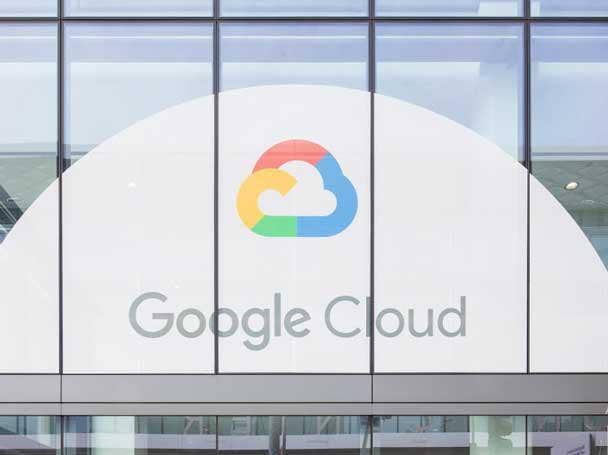
Leader: Google
Google took the bronze medal for execution and ranks fourth for vision on Gartner’s Magic Quadrant. Since 2022, Google has added new solutions aimed at specific verticals including education, government, life sciences, and transportation and logistics. Google’s Vertex AI offers language, vision, structured data and automated ML services on the Google Cloud Platform. Mountain View, Calif.-based Google continues to see strong revenue and share growth for Vertex AI, and it remains a leader in AI research and responsible AI.
Strength: Google offers individual prebuilt automated ML services for language, structured data and vision, including both image and video. Google’s DeepMind and Google Research advance AI via deep learning, unsupervised learning and generative AI, allowing the company to capitalize on AI advances by quickly building them into enterprise-ready services.
Weakness: Google’s customer experience scores are still maturing as the company continues to invest in its sales and support functions. Market awareness is still maturing and Google’s success with its new, vertical-specific solutions is yet to be seen, Gartner said.
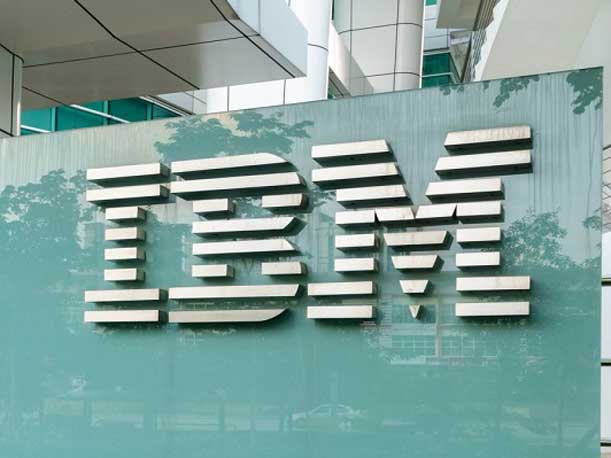
Leader: IBM
IBM Watson AI services and capabilities span all three cloud AI developer services use cases. IBM has continued to improve the integration between its research division and its product organizations to ensure that innovations are added to products in a timely fashion. Armonk, N.Y.-based IBM leads with a true hybrid cloud strategy that appeals to most customers and provides developers with responsible AI capabilities. IBM ranks fourth for execution and fifth for vision on Gartner’s Magic Quadrant.
Strength: Watson Discovery and Watson Natural Language Understanding provide strong capabilities for answering questions and generating narratives. IBM’s vision services are competitive, especially its video content analysis capabilities.
Weakness: IBM offers an extensive range of deployment options that may have unclear costs. Gartner said customers should carefully assess the full cost implications for nonstandard deployments.
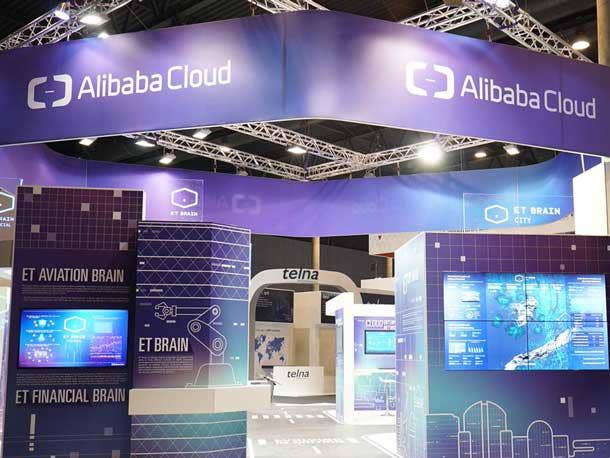
Challenger: Alibaba Cloud
Alibaba Cloud’s product offering spans language, vision and automated ML services, delivering prebuilt models that developers can easily customize. Models include services for large verticals—such as banking, government and healthcare—as well as other smaller industries. The China-based company’s AI developer service offering is highly customizable, often enabling the use of low-code tools and SDKs. Alibaba Cloud ranks amongst the middle of the pack for both vision and execution on Gartner’s Magic Quadrant.
Strength: Alibaba’s ModelScope platform offers many prebuilt models that developers can easily modify to suit a wide variety of use cases across its language and vision services. The company offers exceptionally strong translation capabilities with support for more languages than any other provider.
Weakness: Alibaba Cloud has strong marketing in China, but a minimal marketing presence outside the country. Though this strategy is a conscious choice, customers outside China may lack awareness of Alibaba’s offerings.
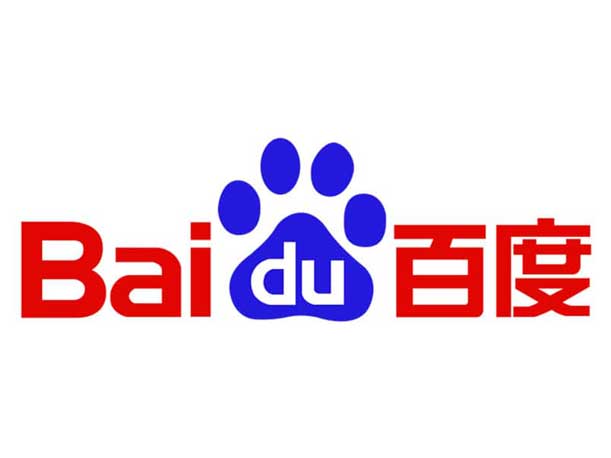
Challenger: Baidu
The Chinese company’s offers an extensive range of AI services for automated ML, language and vision functions. Baidu’s AI Technology Group and AI Labs have about 2,000 employees who develop technologies like large language model Ernie, open-source deep learning platform PaddlePaddle, AI chips and virtual assistant DuerOS. Baidu ranks fifth for execution but near the bottom of the pack for vision on Gartner’s Magic Quadrant.
Strength: Baidu offers competitive prices compared with its competitors, learning courses, an open-source platform, data and free computing power to developers so that they can explore ideas via AI Studio. These features led to a 60 percent increase in paid users during 2022.
Weakness: Baidu’s AI solutions are geared primarily to developers in China. Baidu’s business scale of data management solutions sold to the enterprises is not as big as its direct competitors in China.
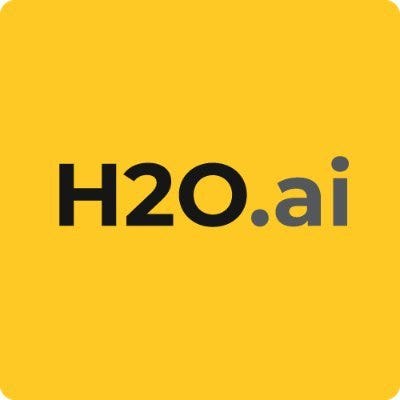
Visionary: H2O.ai
H2O.ai ranks fourth in vision on Gartner’s Magic Quadrant and among the middle for execution. The H2O AI Cloud offers end-to-end AI life cycle development, management and deployment of AI models and applications. Its platform provides language, vision and automated ML services that can run in the cloud, on-premises, the edge and hybrid environments. The Mountain View, Calif.-based remains a thought leader in automated ML across structured, time-series, image, video, audio, text and document data.
Strength: H2O.ai co-creates AI products with its customers, bringing its technology, AI expertise, go-to-market support, training and enablement while customers contribute their domain acumen and data. The company is a major open-source contributor, with 20,000 companies supporting H2O.ai’s open-source offering and more than 1 million users.
Weakness: Most H2O.ai customers are data scientists, and only 25 percent are developers. H2O.ai’s offering should be attractive to developers due to its easy-to-use SDK, interface, workflow and API experience, but its marketing efforts are not sufficient to attract more developers.
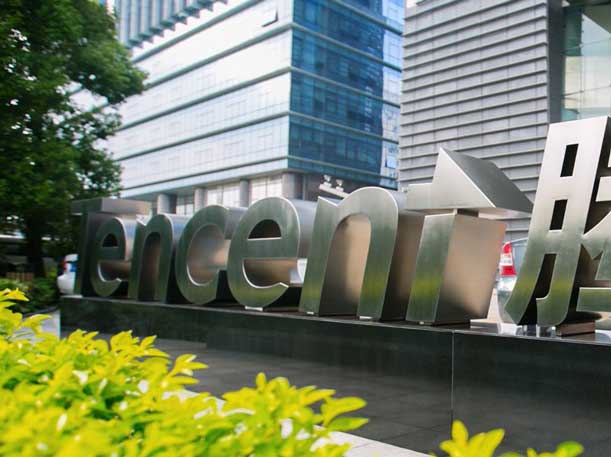
Niche Player: Tencent
Although Tencent is known for its gaming, WeChat and mobile payment solutions, the Chinese company has expanded the vision, language and automated ML capabilities of its cloud AI developer services. Tencent’s innovations have mostly been developed by its AI Lab and its AI research center in Seattle, Washington. Its operations and customers are mostly in China.
Strength: Tencent offers flexible pricing options, including free trial periods, pay as you go, consumption-based subscriptions and prepaid agreements. The company also has increased the range and quality of its prebuilt vertical solutions over the past year in industry verticals like energy, healthcare, transportation and logistics.
Weakness: Tencent has improved its product offerings in areas such as natural language generation, but still lags behind market leaders in other product areas like feature store, model explainability, bias detection and remediation, and model portfolio management.
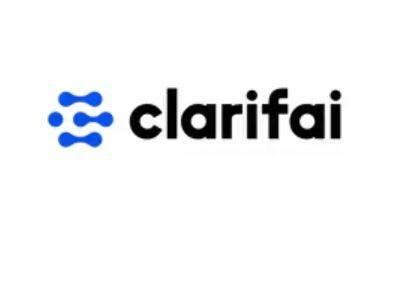
Niche Player: Clarifai
Clarifai is a pure-play cloud AI developer services startup with offerings and a roadmap spaning language, vision and automated ML use cases. Clarifai’s sales strategy is focused on five verticals: public sector, retail, media and entertainment, manufacturing, and transportation. The Wilmington, Delaware-based company is still a midstage startup and is not yet profitable.
Strength: Clarifai provides developers with features to build AI-enabled business applications, including generative AI, APIs, accelerators, customizable pretrained models and end-to-end machine learning operations features. It also helps to increase developer productivity through automation. Its roadmap includes ChatGPT’s derived generative language services.
Weakness: Clarifai is a relatively small, venture-funded company that is competing with the cloud giants. Its investments will not be sufficient to effectively build customer awareness in all regions, Gartner said.

Niche Player: Oracle
Oracle’s primary strengths are in its automated ML services, especially its responsible AI capabilities and model deployment flexibility. The Austin, Texas-based company has released new services for speech, vision, document and translation, and has added multiple capabilities across the stack. Oracle ranks last in execution and near the bottom for vision on Gartner’s Magic Quadrant.
Strength: Oracle offers solid support for prebuilt and industry-specific models. It also offers packaged AI solutions, such as OCI Anomaly Detection, which supports use cases such as fraud detection, marketing effectiveness, threat identification and root cause analysis.
Weakness: To remain competitive, Gartner said Oracle must quickly expand its language services to include text-to-speech and generative text capabilities and to improve its vision services in the areas of labeling and generative AI. Oracle’s recent Java licensing changes and audits have become problematic for some enterprises and their procurement offices.
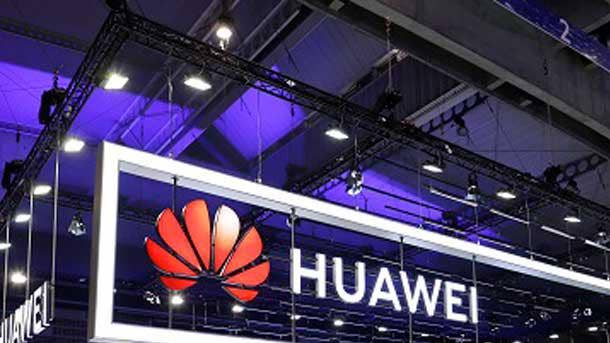
Niche Player: Huawei Cloud
Huawei Cloud’s platform provides language, vision and automated ML services that can run in its public cloud, on-premises, the edge and hybrid environments. The Chinese company is a thought leader in industry-specific foundation models, enterprise knowledge management and intelligent decision making. Huawei Cloud ranks last in vision and near the bottom of the pack for execution on Gartner’s Magic Quadrant.
Strength: Huawei Cloud offers world-class operational SLAs of 99.9 percent availability, with response times as low as 15 minutes. The company has more personnel dedicated to cloud AI developer services than most of its competitors.
Weakness: Huawei Cloud does not have the breadth of prebuilt industry-specific services and models as the ‘Leaders’ in Gartner’s research. Huawei Cloud only available in a few countries and has a much smaller geographic reach than the market leaders.